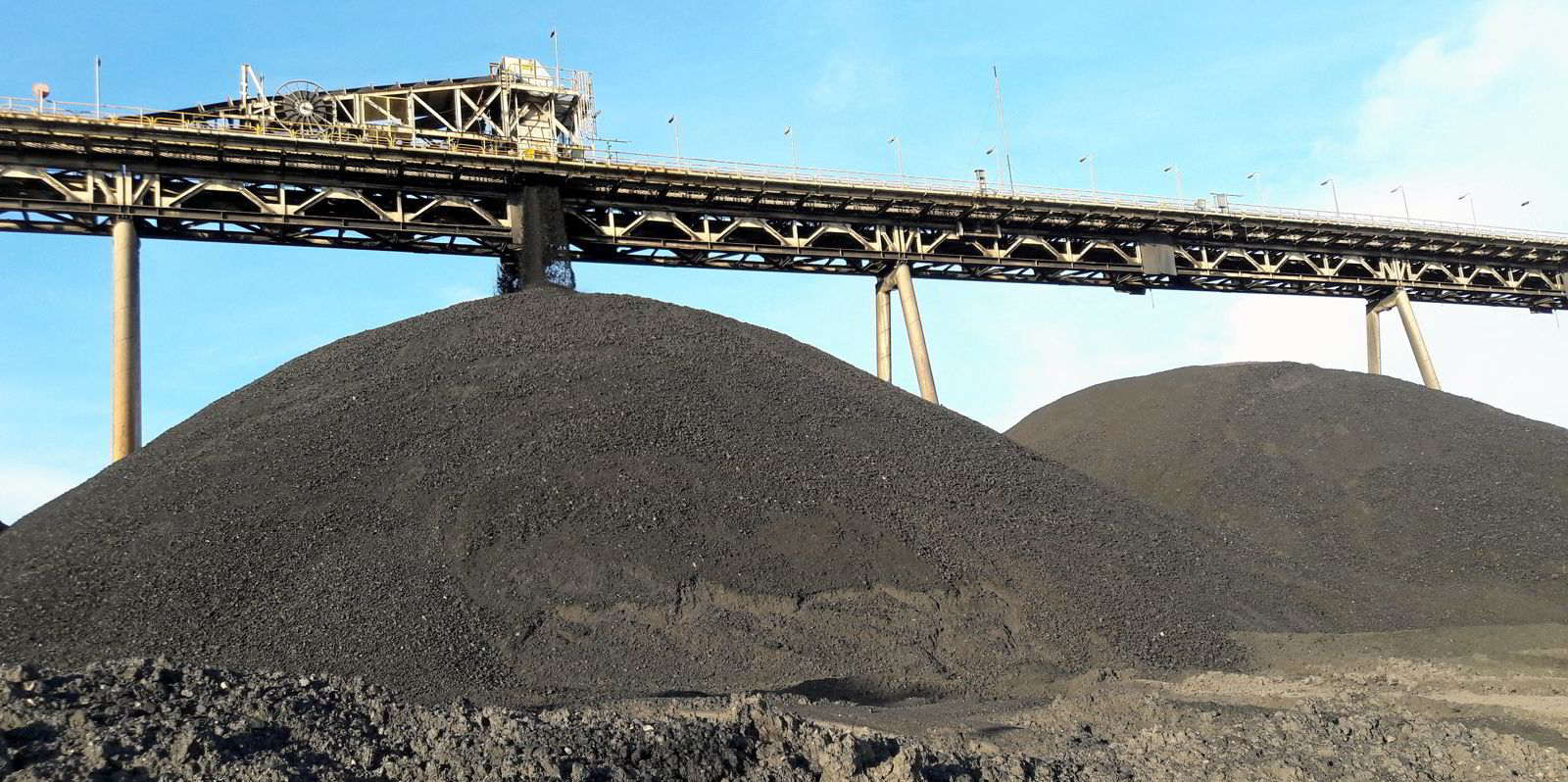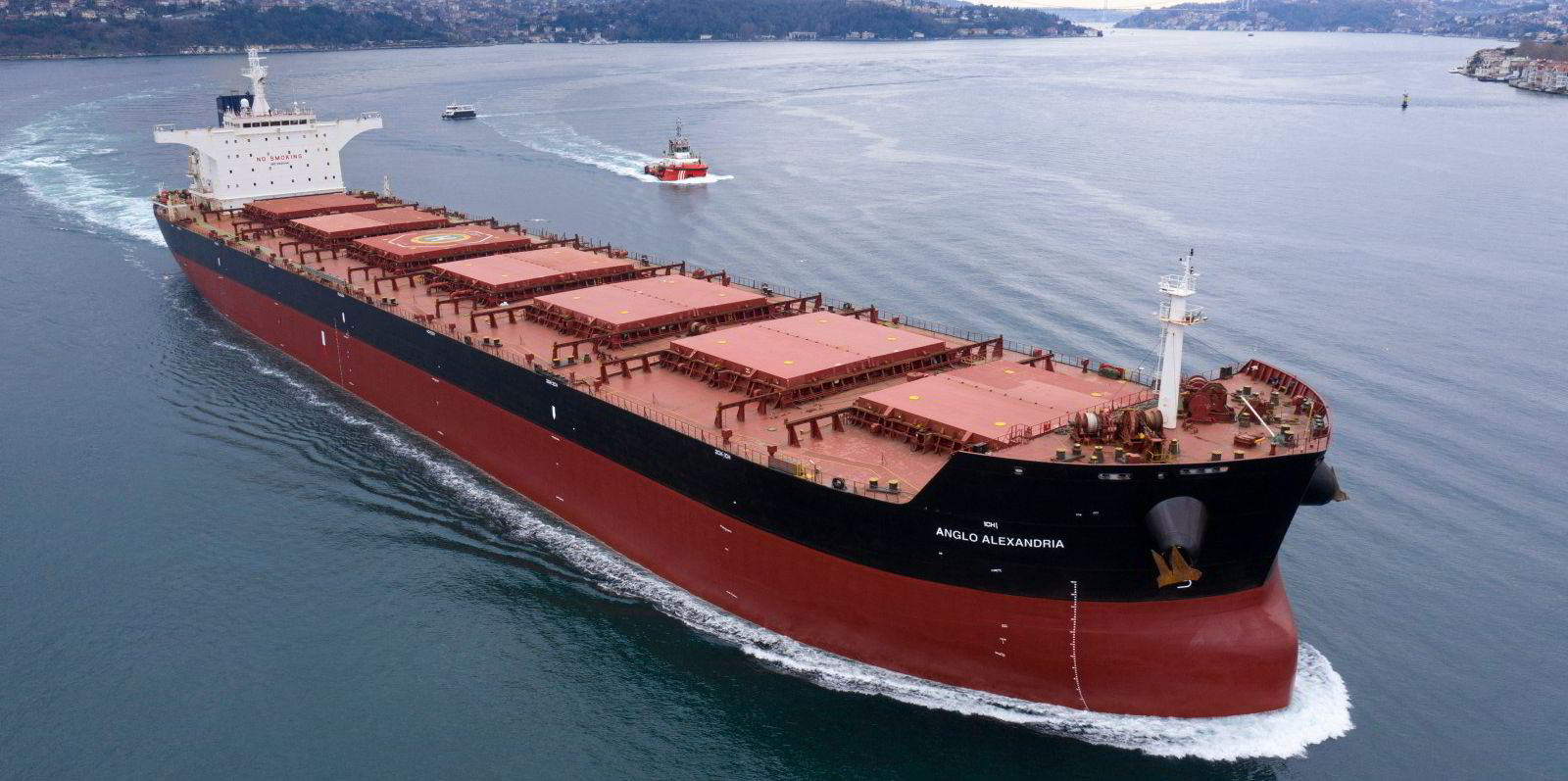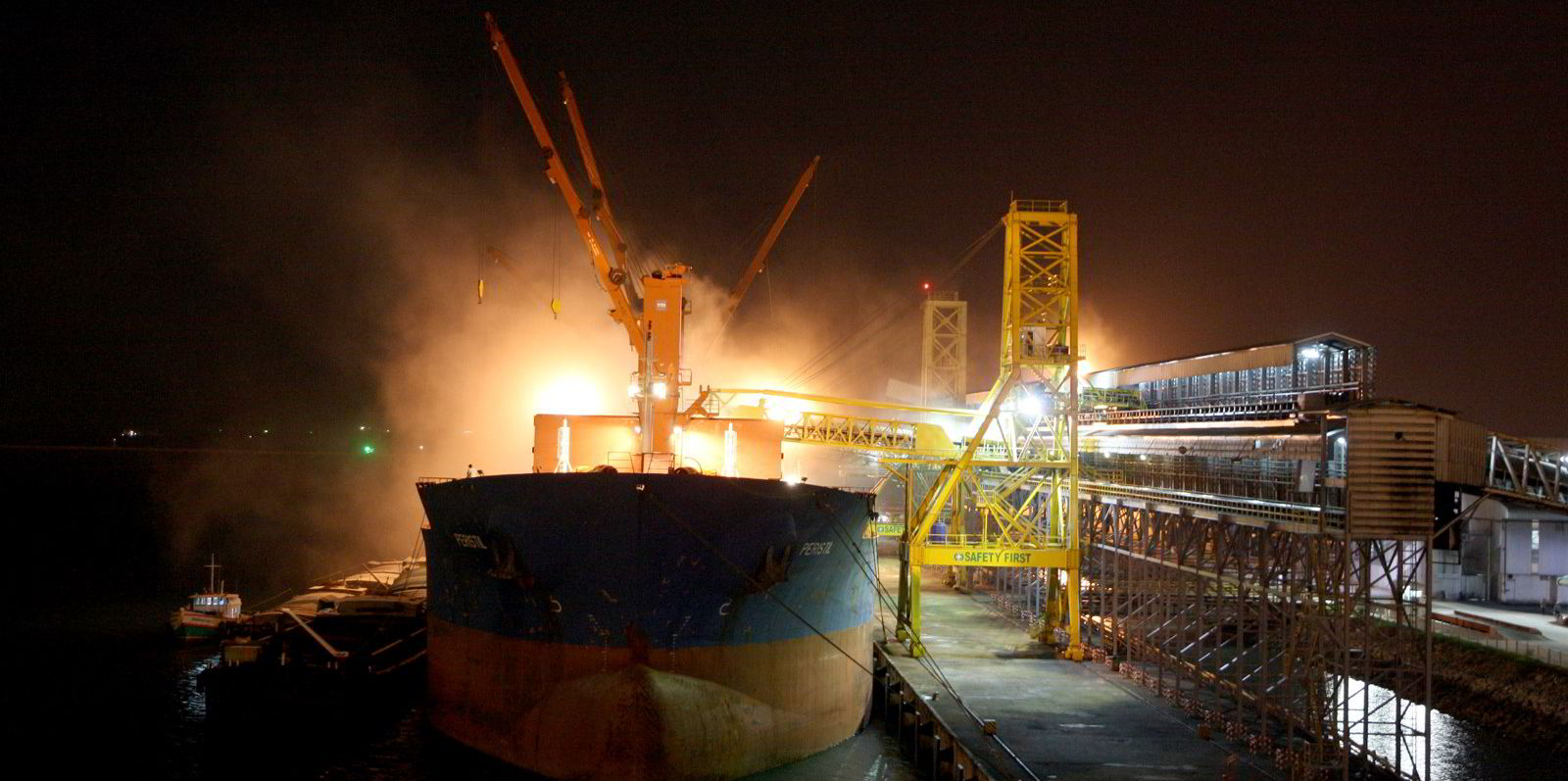A shake-up of global seaborne coal trades looks likely this year, adding to already firm demand for bulkers to carry the commodity — panamaxes primarily and capesizes too.
The world’s two biggest importers — China and India — are said to have started running low on the commodity, which is likely to prompt large scale and urgent restocking in the months ahead.
But Europe, too, is likely to up its imports of thermal coal before the end of the year because LNG prices are rising.
Even though coal prices are high, it is more profitable to use the dry commodity over natural gas as an energy source for power generation.
For current benchmark European Union prices, coal is about €21/MWh more profitable than gas for the final quarter of 2021 and the first quarter of 2022.
Arrow Shipbroking Group has described this differential as "exceptionally high" and thinks it will incentivise "large" coal imports into Europe in the coming months.
Research by Arrow suggests these pricing dynamics could prompt a change in seaborne trade flows for coal.
"This revival of EU coal burn will dent fronthaul demand as the Atlantic coal balance tightens, this potential reduction of inter-basin coal cargoes would likely reduce aggregate freight demand," the broker said.
"However, as recently the Pacific basin has been taking Atlantic coal cargoes, it will be interesting to see how/if Asian importers switch origins."
Nick Ristic, lead dry bulk analyst for Braemar ACM Shipbroking, agreed that there has been something of a reversal in European power companies switching from LNG to coal, but said "it's not a long-term trend in our view".
"As it stands it is theoretically more profitable to burn coal, even after accounting for the cost of polluting under the EU [emissions] trading scheme, so we've seen a slight pick up in import volumes," he explained.
"There's scope for this to continue, but coal is still expensive right now."
Indonesian question
This year, Indonesia has risen to become the world’s number-one supplier of coal to China, which is still maintaining its import ban on Australian coal.
But Indonesian coal exporters may be unable to further ramp up seaborne exports during the rest of this year, even as commodity prices rise, because the country's government requires miners to sell 25% of their output domestically.
Rising coal prices also mean some industry leaders in Indonesia are calling for the domestic market obligation to be made even more stringent in order to reduce domestic coal prices, according to research by Arrow.
Ristic said it remains unclear how much export capacity is still to be squeezed out in Indonesia.
“Monthly shipments are still below their 2019 highs, though August was up by about 10% [year on year],” he said. “However I think what is more important is the shake-up in trade patterns that has occurred. For example, you have more coal coming on long-haul voyages from the Atlantic to the Far East, in addition to more Australian coal heading on capesizes to India, which are helping to tighten the market.
Of the known coal loadings tracked by online platform Oceanbolt this year, Indonesia has exported 306.4m tonnes of coal in 2021 so far, including 130m tonnes of thermal coal.
In comparison, Australia has exported 271.5m tonnes of coal since 1 January, of which 84.2m was thermal coal.
China, of course, was the top destination for all this coal and has imported 215m tonnes of seaborne coal since the year began, of which 86m tonnes has been thermal coal, according to loading data compiled by Oceanbolt.
"The latter has also meant that fewer ships are opening up in the Pacific, which is helping to shore up that market along with the Australian quarantine and congestion in China."
None of these problems are expected to abate in the short term and Ristic said the market can expect "a sustained floor" to freight rates in the weeks to come, "even amid the very troubling signals coming from China's steel complex".
Indonesia's seeming inability to boost its exports in a rising coal market could open the door for greater volumes around the globe, according to research by Arrow.
But this burgeoning trade could be hindered by concerns over carbon emissions and growing pressure from national governments, banks and shareholders, according to the report.
Any shake-up in the seaborne coal trade would likely affect demand for panamax and capesize bulkers the most.
The seaborne coal trade is principally the preserve of panamax bulkers, which have carried close to 50% of all coal cargoes tracked by Oceanbolt so far this year.
Capesize bulkers have carried about 29% and supramaxes have taken around 18% of the coal cargoes monitored by the platform since 1 January.








